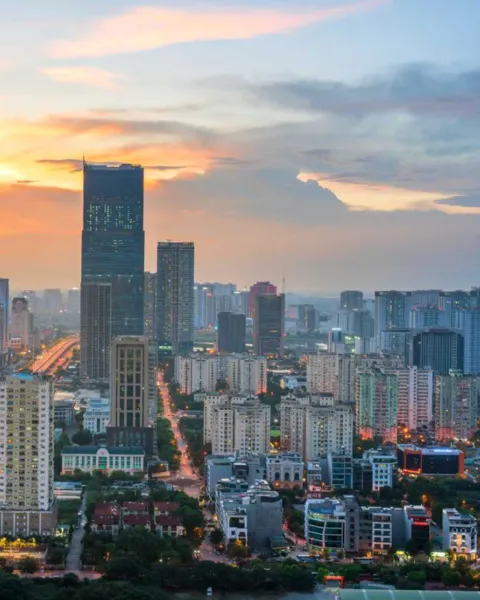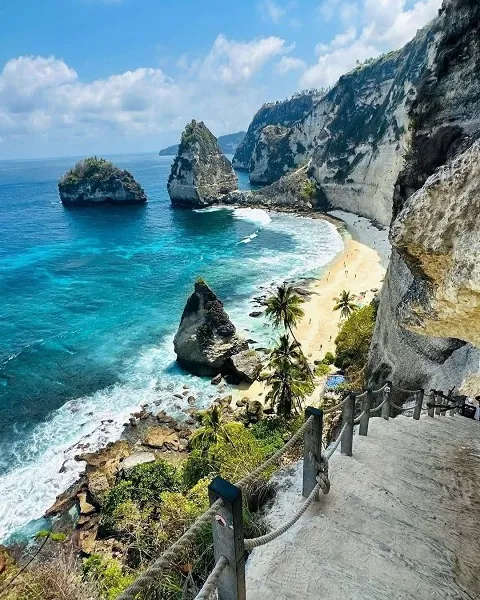
Ha Giang City
Vietnam, India
Ha Giang City Travel Guide – Gateway to Vietnam’s Breathtaking North
Ha Giang City, the capital of Ha Giang Province, is the perfect starting point for exploring one of Vietnam’s most dramatic and untouched regions. Nestled in the far north near the Chinese border, Ha Giang is known for its limestone karsts, winding mountain passes, lush valleys, and rich ethnic cultures. While most travelers see Ha Giang City as a launching pad for the famous Ha Giang Loop, the city itself has much to offer – from vibrant local markets and cultural museums to peaceful riverside strolls.
If you’re planning a trip to Northern Vietnam, here’s your complete Ha Giang City travel guide with everything you need to know before your journey.
Why Visit Ha Giang City?
Unlike the busier tourist destinations of Hanoi or Sapa, Ha Giang City has a calm and authentic atmosphere. It serves as:
The starting point of the Ha Giang Loop – one of Vietnam’s most famous motorbike adventures.
A cultural hub – home to several ethnic groups like Tay, Hmong, Dao, and Nung.
A riverside retreat – with the Lô River winding through, offering scenic views and tranquil walks.
An access point for permits – foreign travelers need a permit to travel further north, which can easily be arranged here.
Popular Place Around
You can also visit this places











